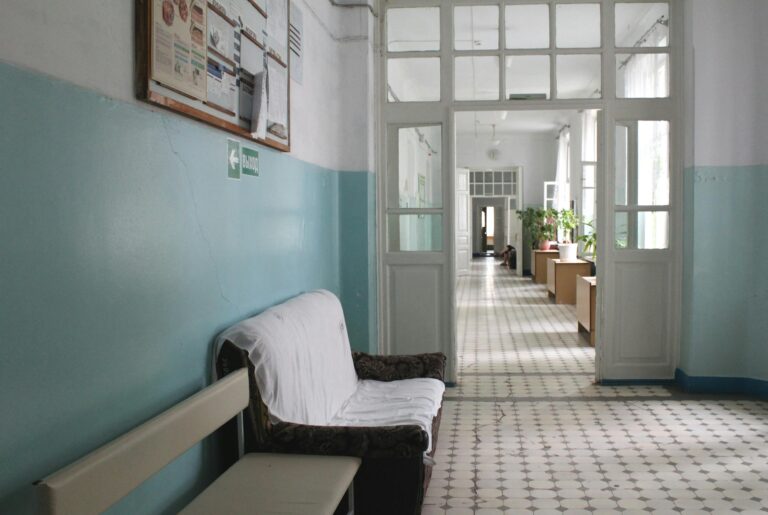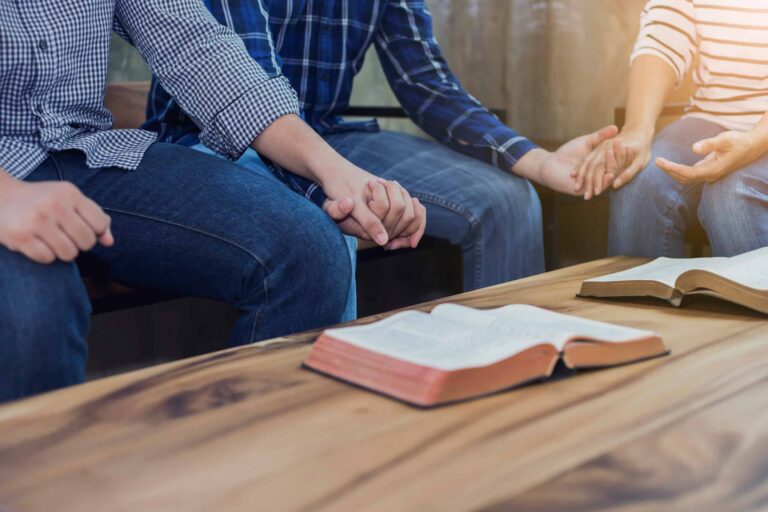For LGBTQIA+ couples, the relationship itself often isn’t the hardest part. It’s everything else.
It’s the stares when you hold hands. The silence after coming out. The hesitation before saying “my partner” at work.
Homophobia is more than ignorance or bias—it’s an environmental toxin. And it doesn’t just affect individuals. It shapes how couples connect, cope, and stay close.
This article explores how minority stress, internalized shame, and institutional discrimination impact LGBTQIA+ relationships—and how couples can heal, grow, and fight back with love and clarity.
⸻
The Relationship Isn’t the Problem—It’s the Pressure Around It
Let’s start with the data: 63% of same-sex couples experience relationship stress tied directly to societal discrimination.1
This isn’t just anecdotal. It’s measurable.
Dr. Chaudhary’s 2024 study revealed that couples exposed to frequent homophobia experience higher rates of conflict, emotional withdrawal, and miscommunication.2
This kind of chronic stress is known as minority stress—the relentless pressure of navigating a world that marginalizes your identity. Over time, it wears down trust, safety, and connection within the relationship.
⸻
Mental Health: A Shared Burden
When one or both partners experience anxiety or depression related to discrimination, it inevitably affects the relationship.
Chaudhary’s findings echo earlier research by Mikulincer & Shaver (2016), which showed that persistent external stress—like homophobic harassment—correlates with higher rates of anxiety, depression, and relationship dissatisfaction among LGBTQIA+ couples.3
And this isn’t just individual suffering—it becomes a shared emotional climate. One partner’s chronic stress can create a ripple effect of disconnection, frustration, or emotional shutdown.
⸻
Internalized Homophobia: The Unseen Intruder
Sometimes, the most damaging homophobia doesn’t come from the outside—it’s internalized.
When a partner has absorbed years of societal shame, it can affect how they show up in the relationship: • Withholding affection in public • Struggling to receive love • Feeling unworthy of their partner’s commitment
Self-esteem is foundational to relational health. Studies show that internalized homophobia is strongly associated with decreased self-worth and increased relationship strain.4
This isn’t a character flaw—it’s the residue of systemic harm. But recognizing it is the first step toward healing.
⸻
Coming Out: One Story, Two Speeds
Research shows that “outness” is linked with better mental health outcomes and greater relationship satisfaction.5 But in many couples, one partner may be out while the other remains partially closeted—often for good reasons, like personal safety or family rejection.
This difference in “visibility comfort” can lead to painful misunderstandings:
“Why won’t you hold my hand in public?” “Why do you need to be so visible?” “Why are you ashamed of me?”
But the issue isn’t shame—it’s timing. And safety. Healing happens when couples honor the different roads that led them here—and make space for each other’s fears and needs.
⸻
Case Study: Chris & Cameron
Chris and Cameron came to therapy arguing about dishes. But underneath, there was a deeper tension.
Chris had been out since college. He thrived on connection and visibility. Cameron, on the other hand, came from a conservative background and still hadn’t come out to his family.
Chris felt rejected every time Cameron avoided public affection. Cameron felt exposed and unsafe.
Through therapy, they unpacked the different layers of their experiences: 1. Chris learned that Cameron’s reluctance wasn’t a rejection—it was survival. 2. Cameron began to explore the ways internalized shame shaped his reactions. 3. Together, they learned to negotiate safety and visibility as a couple—not just as individuals.
Their work wasn’t about fixing each other. It was about understanding each other.
⸻
Support as a Protective Factor
The good news? Support changes everything.
Chaudhary’s study reinforced what decades of research have shown: LGBTQIA+ individuals with strong support networks demonstrate significantly greater resilience.2
Whether it’s a chosen family, affirming therapist, or peer group—being surrounded by people who affirm your love has a measurable buffering effect against the harms of homophobia.
⸻
Intersectionality: The Layers Within the Layers
It’s also essential to name this: homophobia doesn’t exist in a vacuum.
Racism, classism, transphobia, ableism—they all intersect with LGBTQIA+ identities. A Black trans couple and a white gay couple may both experience homophobia, but their lived experiences, risks, and resilience factors are different.
Good therapy doesn’t treat you as a demographic. It treats you as a whole person, in a specific context, with a specific story.
⸻
What This Means for Your Relationship
If you’re feeling stuck, tense, or disconnected in your relationship, it may not be about “communication problems.” It might be that you’re carrying unseen weight—and you’re doing it together.
Here’s what helps: • Talk about the world, not just the relationship. Don’t ignore the context you’re living in. • Name internalized beliefs. Ask: Whose voice is that, really? • Prioritize safety and belonging. Make agreements around how you show up as a couple in public and private. • Find allies. Support is not optional—it’s essential.
⸻
Final Word: Your Love is Not the Problem
To every LGBTQIA+ couple reading this: You are not broken. Your love is not too complicated. The problem is the pressure.
You deserve support that recognizes not just your struggles, but your strength. You deserve therapy that doesn’t explain your love, but honors it.
And if you’re ready for that kind of support—we’re here.
⸻
References: 1. Chaudhary, A. (2024). Impact of Homophobia on Same-Sex Couples. Journal of Contemporary Social Research. 2. Chaudhary, A. (2024). Homophobia Scale Questionnaire: A Comparative Study. 3. Mikulincer, M., & Shaver, P. R. (2016). Attachment in Adulthood: Structure, Dynamics, and Change (2nd ed.). Guilford Press. 4. Johnson, S. M., Hunsley, J., Greenberg, L., & Schindler, D. (1999). Emotionally Focused Couples Therapy: Status and Challenges. Clinical Psychology: Science and Practice, 6(1), 67–79. 5. Chaudhary, A. (2024). “Outness and Mental Health Outcomes in LGBTQIA+ Couples.” International Journal of Queer Psychology.






